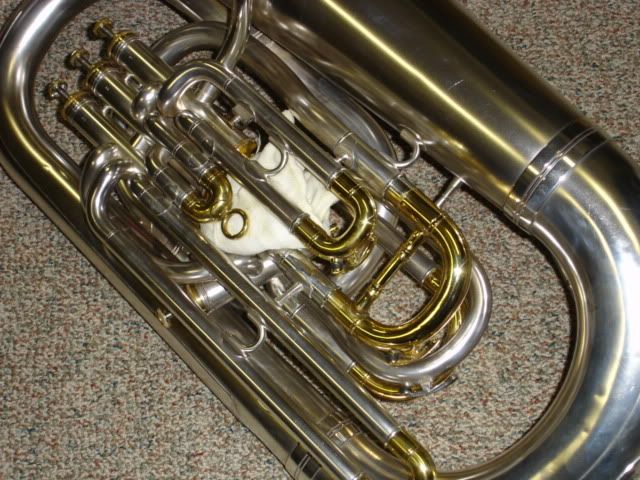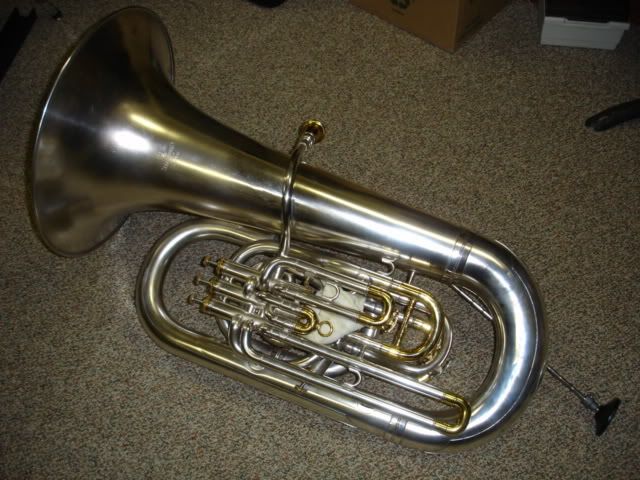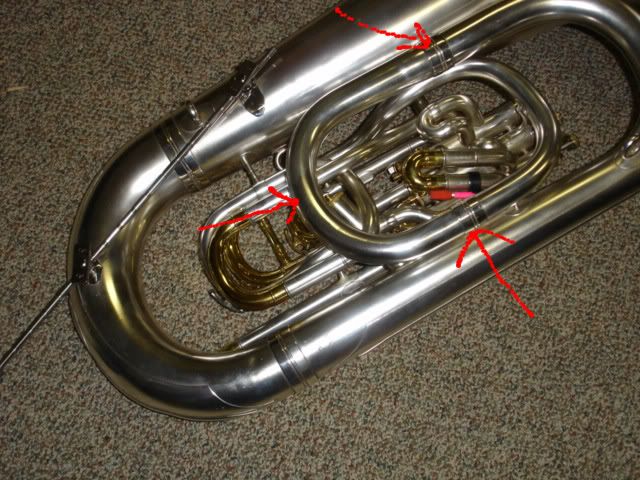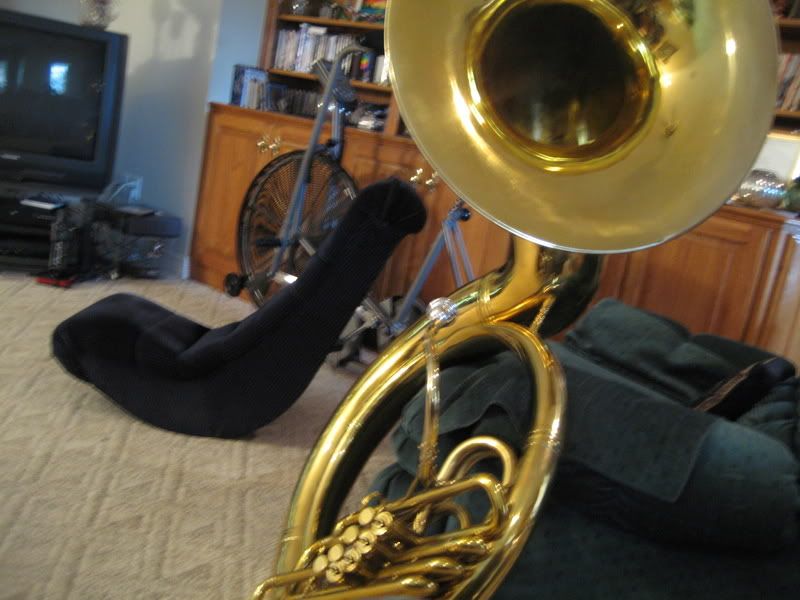J.c. Sherman wrote:Strange that a Sovereign would be flat to begin with. Their quality control is usually better than that...
J.c.S.
Actually this is pretty common with these horns. This is the cut that John Fletcher had done to his horns, so i figure if it is good enough for him...
somewhere I have an article about this "Parker cut" saved on my computer if I can find itI will post it here for you.
ken "maybe now I will sound just like fletch...."k
Found the article, some time ago Tom Brekhus sent me this...
Hi,
I've got a copy of the John Fletcher biography "A Celebration: John Fletcher, tuba extraordinary" in which John Fletcher himself says the following about mouthpieces on the Besson Eb tubas he was playing.
John Fletcher died in 1987, so this had to be written at least a few years before then, although I do not know the exact date. The book itself was published in 1997.
"I have for years used a Bach 24AW with the Eb, but others feel that this is tool large and are using the Denis Wick 3. This was designed very much with this instrument in mind and suits it excellently. There are also smaller and larger Wick models which should be investigated if possible. Another very good medium-large mouthpiece is the Conn 7B. Whatever mouthpiece a decent Eb player finishes up with, it is almost certain to be bigger than the small one which has always been supplied with the instrument, and thereby hand a very sore point. Even with this smaller mouthpiece the new Ebs from B&H are barely up to pitch. With a larger mouthpiece--even with the shank turned down--they are monstrously flat when played by a a good player with a non-stretch embouchure. The only cure known to me is to cut about one a half inches off each side of the back-bow. B&H claim that they leave the factory dead in tune with their oscilloscope and that they have had no complaints from anyone else. Perhaps they all complain to me instead! Many people experience flatness in the high register, particularly with high B treble clef (sounding D) and using larger mouthpiece possibly accentuates this. The degree of flatness varies from instrument to instrument. Futhermore, there are too many peple about who play in tune with large mouthpieces--and even more who play flat with small ones--for any clear conclusion to be drawn about the effect of large mouthpieces on this problem. I would argue that a larger mouthpiece gives greater scope for more effective use of the facial muscles around the embouchure in developing the high register, ultimately giving the player much more control over the pitch of notes than if he just stretches, presses hard, and hopes for the best. The new, larger leadpipe which is to become standard, goes some way toward improving this fault, as well as opening up the sound more throughout the range." -John Fletcher
Hope you find it interesting,
Tom Brekhus









